
The transformation of the Temple Herod had constructed in Jerusalem
into the Roman Colosseum,
motivated Jews to produce in exile a more precious gem
which I will call the goluseum.
Golus: Ashkenazi Hebrew word for exile, as in Babylon they would compile
the Talmud, letting every Jew in
the world beyond Jerusalem – which Romans never managed to defile –
the spirit of the Temple ruin.
The Temple is itself a great translation of the tabernacle they’d built in
the wilderness, and copied by
King Solomon, from the great book of Exodus translated, its fraternal twin,
all of these Temples like Sinai,
where Jews believe that God gave Moses not just Ten Commandments but
the blueprints of their goluseum,
the Talmud, which was never turned into a ruin, and has never shut—-
no Colosseum or museum,
becoming, after Tisha B’Av, more like an ever-flowing fountain
than the Temple Romans burned, turning it
into to a ruin, but also very like that mountain
which can be climbed by learning it.
The ruined Temple funded the great Roman Colosseum,
thanks to the emperors Vespasian and Titus, as we learn
from ghost epigraphy … but Talmud transformed to our goluseum
whose epigraphy, unlike the Temple, does not burn.
Gershon Hepner is a poet who has written over 25,000 poems on subjects ranging from music to literature, politics to Torah. He grew up in England and moved to Los Angeles in 1976. Using his varied interests and experiences, he has authored dozens of papers in medical and academic journals, and authored “Legal Friction: Law, Narrative, and Identity Politics in Biblical Israel.” He can be reached at gershonhepner@gmail.com.
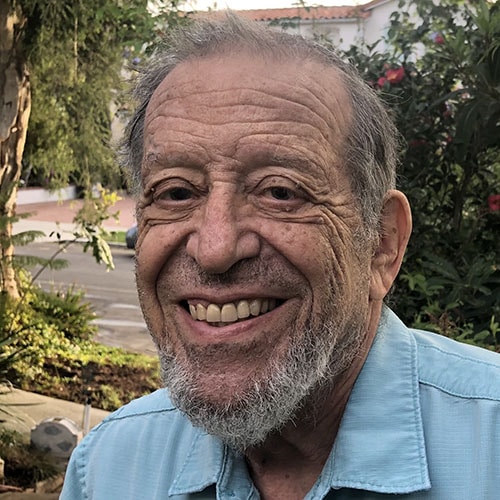



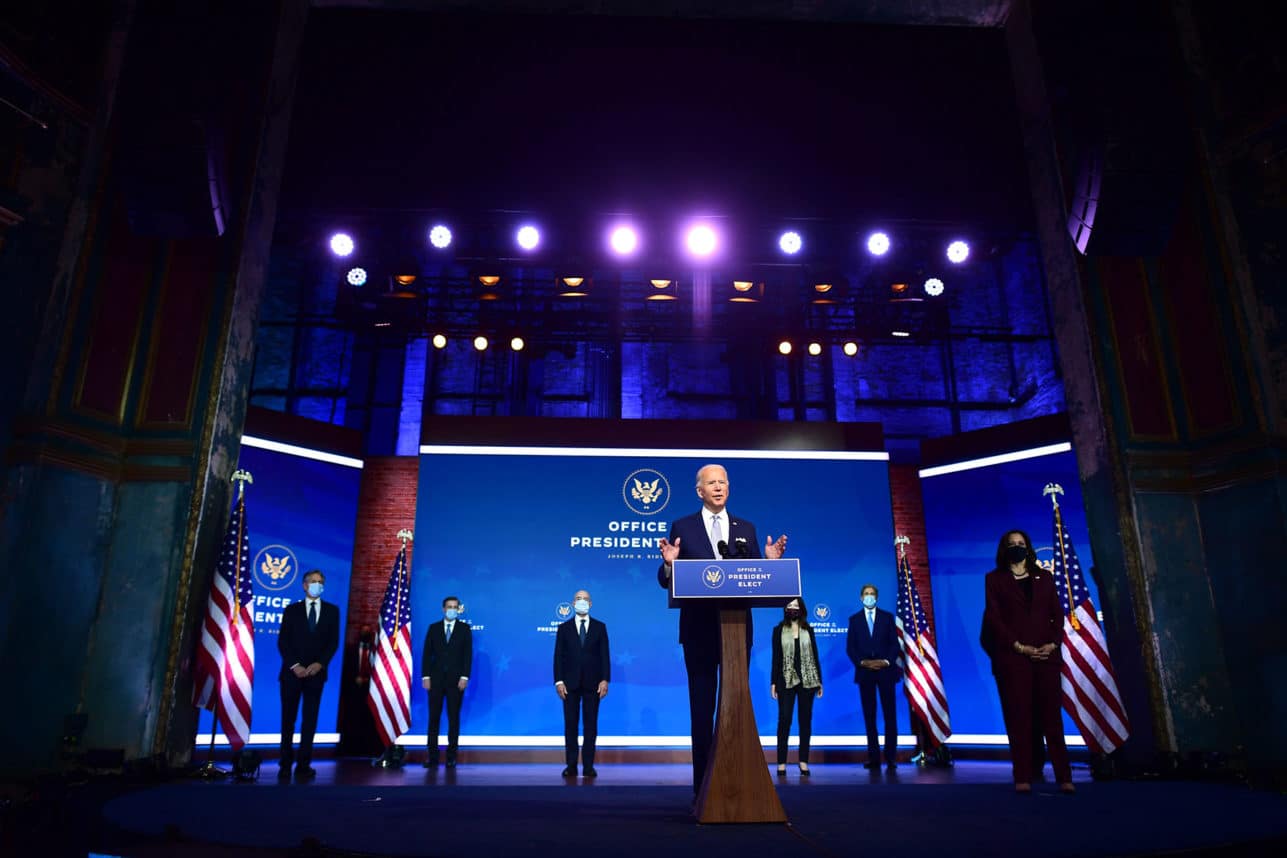












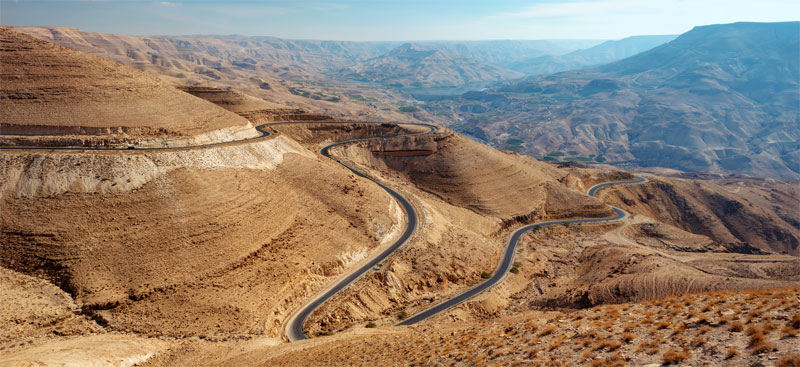

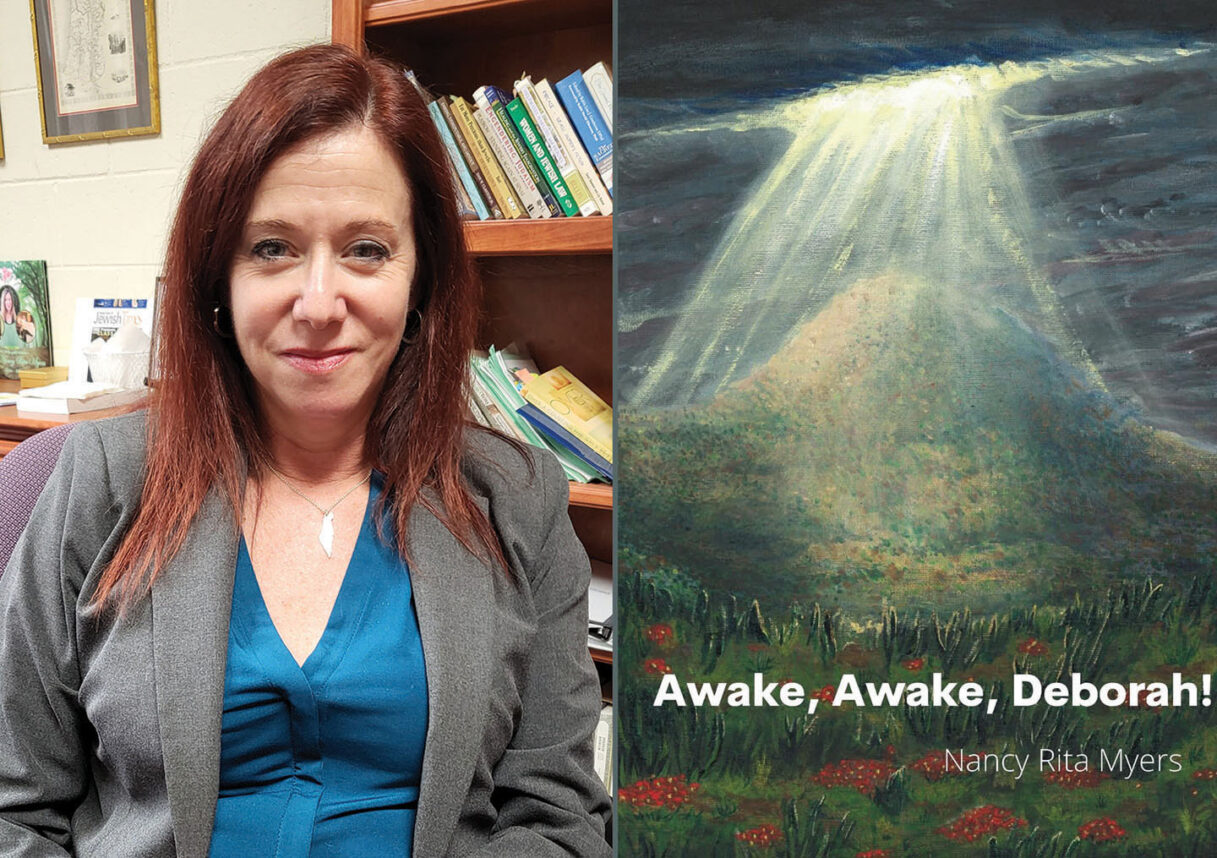

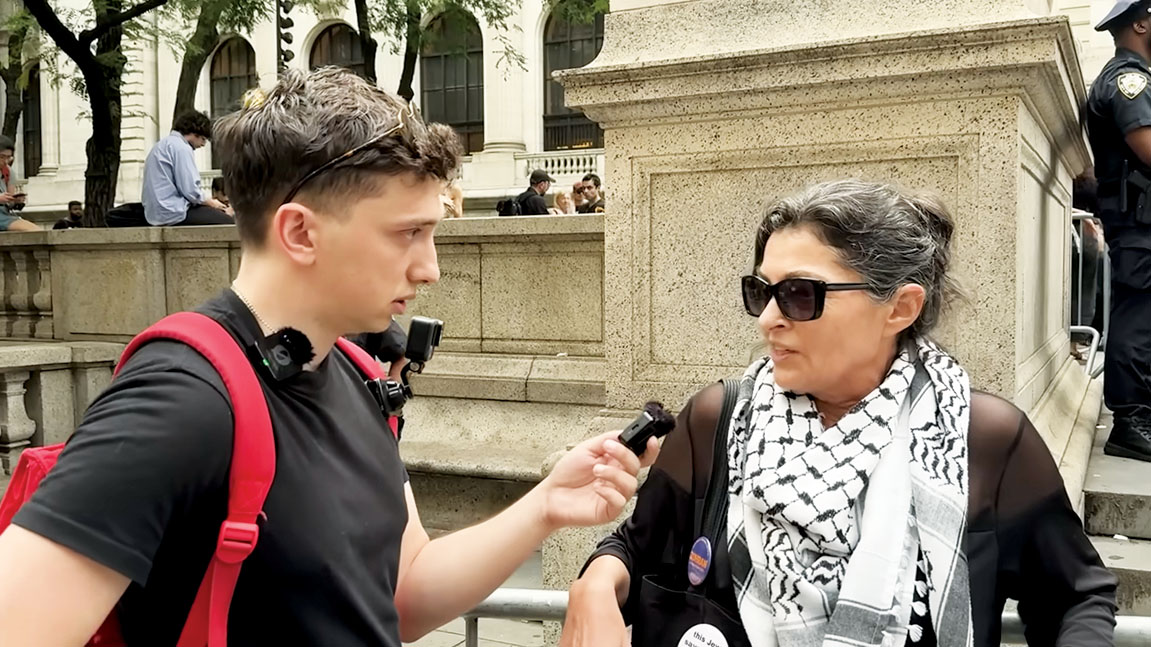






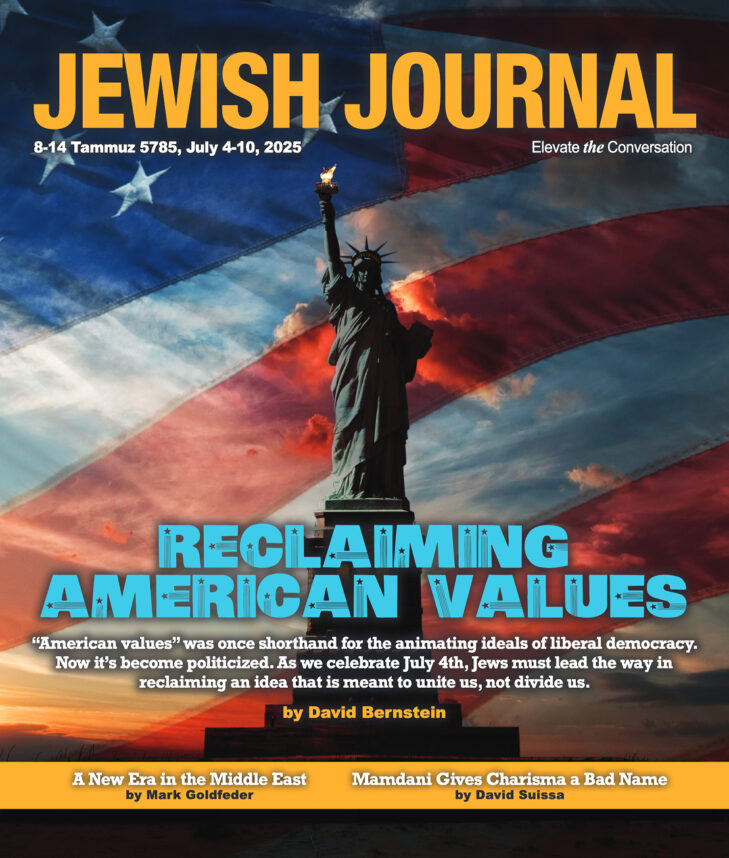
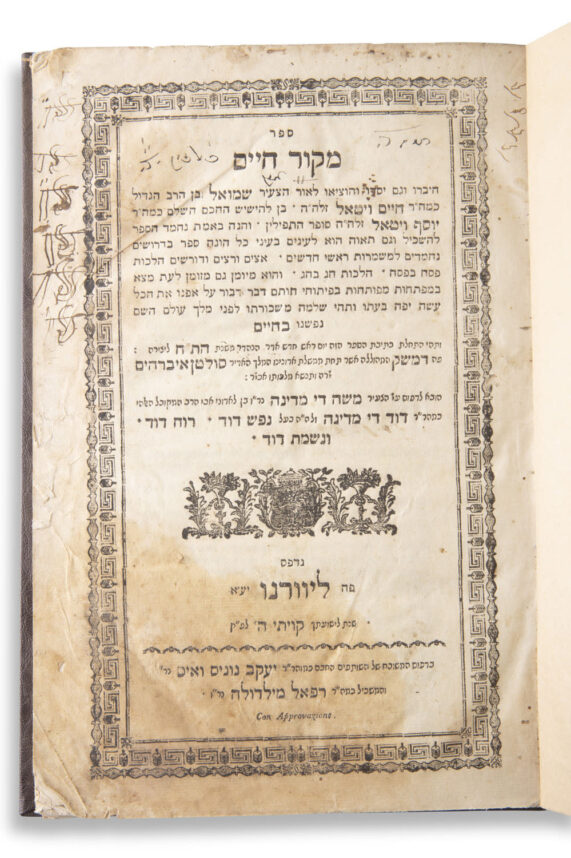




 More news and opinions than at a Shabbat dinner, right in your inbox.
More news and opinions than at a Shabbat dinner, right in your inbox.